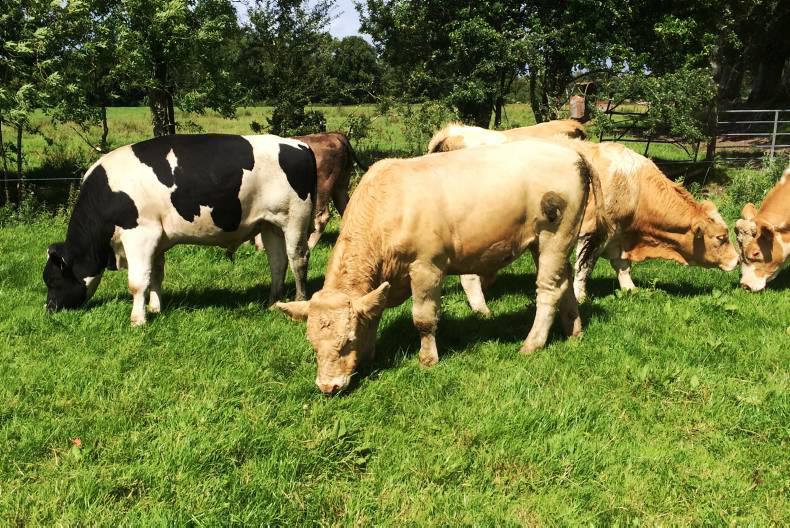It’s all about prices: milk, beef, meal, fertiliser, etc. We all know the story – milk is too low now, beef has been too low for the past decade, while meal, fertiliser and silage wrap are too high. While other industries have price fluctuation, none are as erratic and as frequent as agriculture. Other industries don’t flirt with the breakeven point and even cross into loss-making territory as regularly as farmers.
What is the solution? Each point of the sector must adapt and change. We as farmers are well aware of our role in this. On-farm efficiency must improve, as I have talked about in previous articles. These are the simple things: grass utilisation, stocking densities, soil testing, harvesting silage to achieve maximum DMD, etc.
Give processors credit where it is due
Processors harbour much criticism from farmers and while this is justified, and I have roundly criticised them in previous articles, they are under pressure from retailers demanding beef, lamb and dairy products at competitive prices.
Processors have increased efficiency quite substantially to date. The meat processor which I was formerly employed with, Dawn Meats, has won awards due to its environmental initiative while also massively reducing its energy costs.
Environmental practices
Certain on-farm environmental practices spring to mind which have the capability to save farmers large amounts of money in the future. These include: harvesting rain water, recirculation of water which passes through the plate cooler, solar panels and a small wind turbine for an isolated use such as cooling the milk bulk tank. The targeted agricultural modernisation scheme (TAMS) will aid farmers in this regard.
Retailers demand product at competitive prices as they are competing against an increased number of large-scale retail chains. There must be greater initiative from these retailers to source, stock and sell local, quality produce at fair and reasonable prices, and not lead a race-to-the-bottom scenario.
The role of the consumer
While farmers, processors and retailers are the aspects of the supply chain which are most commonly referred to when pricing is talked about, the part of this chain which will dictate pricing is ultimately the final link, the consumer.
Consumers have gradually demanded cheaper and cheaper food and the proportion of the average consumer’s salary spent on food has decreased compared to past generations. Commentators have remarked that this consumer trend to bargain hunt and forego quality, local produce led to the horsemeat scandal, as retailers and processors turned to non-reputable companies.
We don’t accept inferior fuel for our tractors or cars, so I believe that we shouldn’t accept inferior fuel for sustaining, nourishing and keeping ourselves functioning in our day-to-day lives, at any price.






 This is a subscriber-only article
This is a subscriber-only article











SHARING OPTIONS: